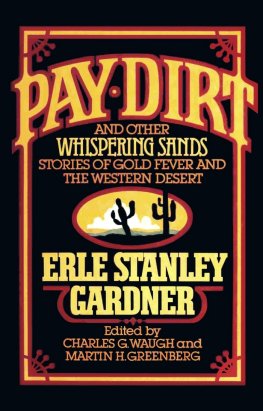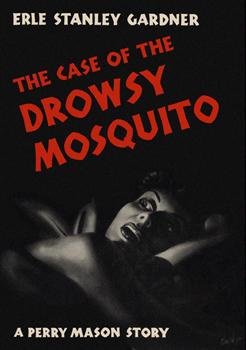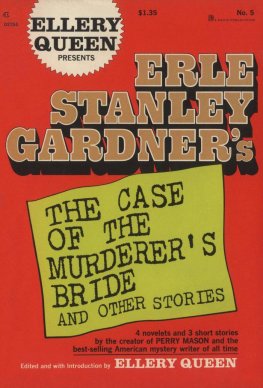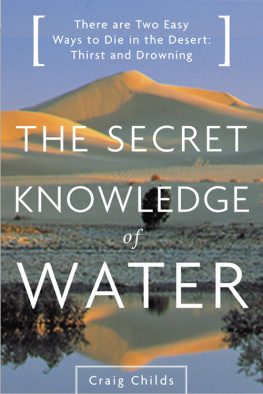Erle Stanley Gardner
Whispering Sands: Stories of Gold Fever and the Western Desert
The stories in this collection were first published in Argosy magazine on the following dates:
Sand Blast, July 21, 1934
Law of the Rope, March 11, 1933
Gold Blindness, March 8, 1930
Written in Sand, October 25, 1930
Blood-Red Gold, September 30, 1930
Carved in Sand, June 17, 1933
Fall Guy, March 22, 1930
Priestess of the Sun, December 6, 1930
Golden Bullets, June 7, 1930
The Whispering Sands stories are a series of twenty-one tales that Erie Stanley Gardner wrote for Argosy magazine between 1930 and 1934. Each of the stories is (what was then) a contemporary western set somewhere in the deserts of the United States or Mexico. Each is told in the first person, each concerns crime and gold, most are also romances, and all but the first two feature Bob Zane as the protagonist.
Mr. Gardner was a natural-born storyteller, and these works arc, like most of his writings, immensely entertaining. Indeed, unwary readers will probably take only one sitting to speed through the entire book. But Gardner also always provided a great deal of unusual information. In this series you will learn many things about the desert such as the tactics of night fighting, the value of canned tomatoes, and two ways of concealing a campfire. And maybe most important are the inspirational values implicit in the stories. Upbeat and optimistic, these works arc peopled with active heroes rather than the passive and ineffectual victims so favored by the literary mainstream. Gardner touts the virtues of self-reliance, faith, and fair dealing; he makes us believe that we can achieve great things by trying; and he makes us want to try.
Gold Blindness was the first Whispering Sands story published. Set in the Funeral mountain range east of Death Valley, it is a tragic love story that features a fascinating portrait of the moon ceremonies of a dying Indian tribe and an unforgettable description of Auno, a young Indian maiden educated at Berkeley.
Fall Guy was the second story to appear. Its protagonist is Sid, who seems to be an older, less well educated version of Bob Zane. Along with his young friend Phil Ryan, Sid is a mine guard assigned the task of getting something on the slippery outlaw Pedro Gallivan. Their job is complicated by an involved romantic situation in which Phil loves a sort of desert welfare worker, Dixie Carson, who loves a weak-willed eastern gentleman, Walt Hedley, who loves a no-good society woman, Miss Westing, who loves the reprehensible Gallivan. Interestingly, two of this storys peripheral incidents, a discussion of Colorado Basin wheel ruts sticking up into the air and the teaching of self-reliance in the desert, were later to turn up as central themes in two other series stories Written in Sand and Sand Blast.
Bob Zane, who is the narrator of all the remaining stories, never gives his age and rarely reveals anything about his physical features or his background. Nevertheless, it is possible to form an impression of the man from his behavior, his reported conversations with others, his observations about life, and his descriptions of the typical desert dweller.
Zane is a prospector evidently in the prime of life, probably in his forties or early fifties. Unlike Sid, Zane doesnt reminisce about his experiences with the Earps and Clantons or complain about getting old, or say there are some things he can no longer do. On the other hand, while he still confesses to looking at young women, he doesnt seem troubled by the passions or impetuosity of youth; his present role seems rather to be matchmaker for others, with, at best, a kiss of gratitude as reward. For example, in the whodunit Carved in Sand, Zanes impulsive young friend, Pete Ayers, gets himself deeply in trouble with the law by attempting to help Margaret Blake, a young woman whose father has been accused of murder. To save the couple and give their affection a chance to grow into love, Zane employs superior desert knowledge and tracking ability to put his finger on the actual culprit.
Physically, Zane probably resembles those other individuals he describes as having been shaped by the desert. So he has gray eyes, firm lips, and a face that is bronzed and deeply lined by the burning sun. His voice has a dry husking whisper in it thats like the sound of a lizards feet scratching along the surface of a sun-baked rock. His clothes have been soaked in desert sunshine and dust until they are a nondescript gray. His whipcord lean frame possesses great endurance and his slow, deliberate way of moving belies lightning-fast reflexes.
Zane has been prospecting for a long time and has spent many years roaming around the western deserts. But he continues this life-style out of enjoyment rather than need. To him adventure is in finding gold, not in having it, and he has quickly blown all but the last of the several fortunes he has made. However, by the time of Golden Bullets, which seems to be the chronological end to the series, he has finally tired of the desert and is leading a life of luxury in Los Angeles. Still, he finds he periodically longs for his old home and will occasionally visit the desert for excitement. In this story, for example, he returns for a brief stay and ends up deep in the rugged Sierra Madres of Mexico where gold is so plentiful that it is actually used to make bullets. There he undergoes torture as he tries to save a young woman prospector from a band of fierce Yaqui Indians.
On rare occasions, perhaps when he is bored or needs a grubstake, Zane will interrupt his prospecting to take a job as deputy or special investigator. Law of the Rope finds him serving as an agent for the board of directors of The Bleaching Skull Mining Company. Here he tries to discover who is behind the string of murders and robberies that plague their Greasewood Mine. After his job is done, however, he appears to return quickly to his search for gold.
He is intelligent and has apparently received some education, for he speaks well and is sometimes capable of poetic expressions such as The town of Mojave squats in the sunlight like a gigantic spider... or The desert waited with white-hot arms, and swallowed those who entered into a silence that was like that of the grave.
Zane is observant. As he says: Little things count for a good deal in the desert. The man who lives in the desert must observe everything, no matter how small, otherwise he wont live long.
He is also extremely curious. If he must investigate to make sense of what he sees, he does so. This trait has involved him in a number of adventures such as his Colorado Basin experience called Written in the Sand. Here his attempts to discover why an embittered young woman would steal into the desert to eavesdrop entangle him with a ruthless gang of double-crossing robbers.
One of Zanes most admirable qualities is a strong sense of justice, and he is particularly sensitive when a woman is involved. In Priestess of the Sun he briefly encounters a young city woman wearing snakeskin shoes. Later he stumbles across those shoes at what appears to be an ambush site in the Mojave Desert. Deeply outraged, he starts a rumor of finding her skeleton and plants a map to set himself up as bait. Still, the chances he takes arc calculated ones, based on his belief that he knows the desert well enough to outmaneuver his foes in it, and usually his assumption is accurate. But in Blood-Red Gold he meets his most formidable opponent, someone who, for the first time, seriously challenges Zanes superior grasp of desert warfare. Harry Ortley is a brilliant thinking machine whose mind works with ball-bearing efficiency. Unfortunately, he is also psychopathic, unscrupulous, selfish, and merciless. In his haste to bring Ortley to justice, Zane seriously underestimates the man and is lucky to survive.

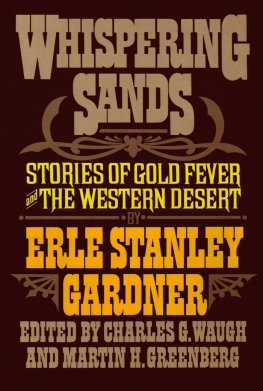
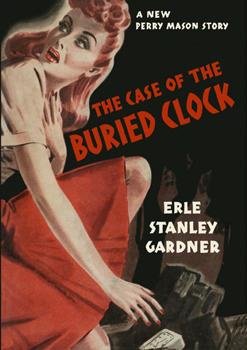
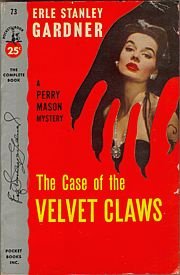
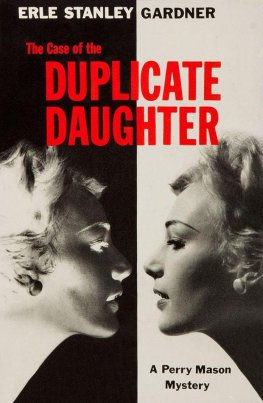

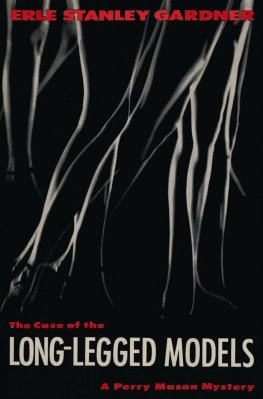
![Erl Gardner - The Case of the Deadly Toy [= The Case of the Greedy Grandpa]](/uploads/posts/book/924181/thumbs/erl-gardner-the-case-of-the-deadly-toy-the.jpg)
